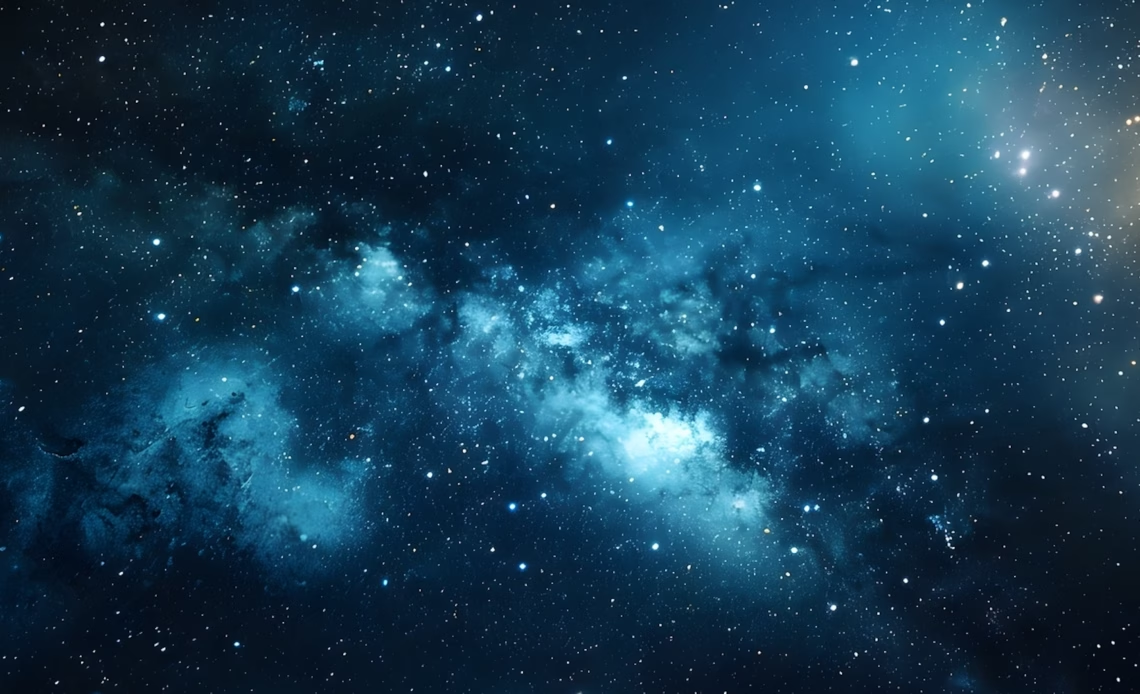Dark energy, the mysterious force that’s driving the accelerating expansion of the universe, may not actually exist, scientists say. Their research has brought into question one of the cornerstones of modern cosmology.
In a new study, published Dec. 19, 2024 in the journal Monthly Notices of the Royal Astronomical Society, the researchers analyzed data from the Pantheon+ survey — the most comprehensive dataset of type Ia supernovae, whose consistent brightness allows astronomers to measure distances across the universe with incredible precision. Their analysis suggests that what we perceive as acceleration might be an illusion caused by the large-scale structure of the cosmos.
Studying the universe with type Ia supernovae
Type Ia supernovae, the explosive deaths of white dwarf stars, have long served as one of cosmology’s most powerful tools. These stellar events occur when a white dwarf accretes enough material from a companion star to trigger a thermonuclear explosion. Because type 1a supernovae produce consistent peak brightness, measuring their brightness when observed from Earth can reveal how far away they are.
“Type Ia supernovae are extremely valuable in astronomy since they act as standardizable candles with which we can measure vast distances in the Universe,” study co-author Zachary Lane, a researcher at the University of Canterbury in New Zealand, told Live Science in an email.
By combining this distance information with the redshift of the supernovae — the stretching of light to redder wavelengths due to the universe’s expansion — scientists have mapped the universe’s growth over time. Decades ago, researchers used this method to show that the universe’s expansion was accelerating, a discovery that led to the hypothesis of dark energy — a mysterious, unseen force thought to permeate space and drive this acceleration.
Pantheon+ dataset
The Pantheon+ dataset is the most extensive and precise collection of type Ia supernovae ever assembled. Spanning decades of observations from both ground-based and space telescopes, it contains data on 1,500 supernovae across space-time.
“At the time of this study, the Pantheon+ Type Ia Supernovae spectroscopic dataset was the largest and most pristine collection of purely Type Ia supernovae,” Lane said.
The dataset’s precision and size make it a goldmine for testing cosmological models. Its detailed records of brightness and…
Click Here to Read the Full Original Article at Latest from Livescience…

